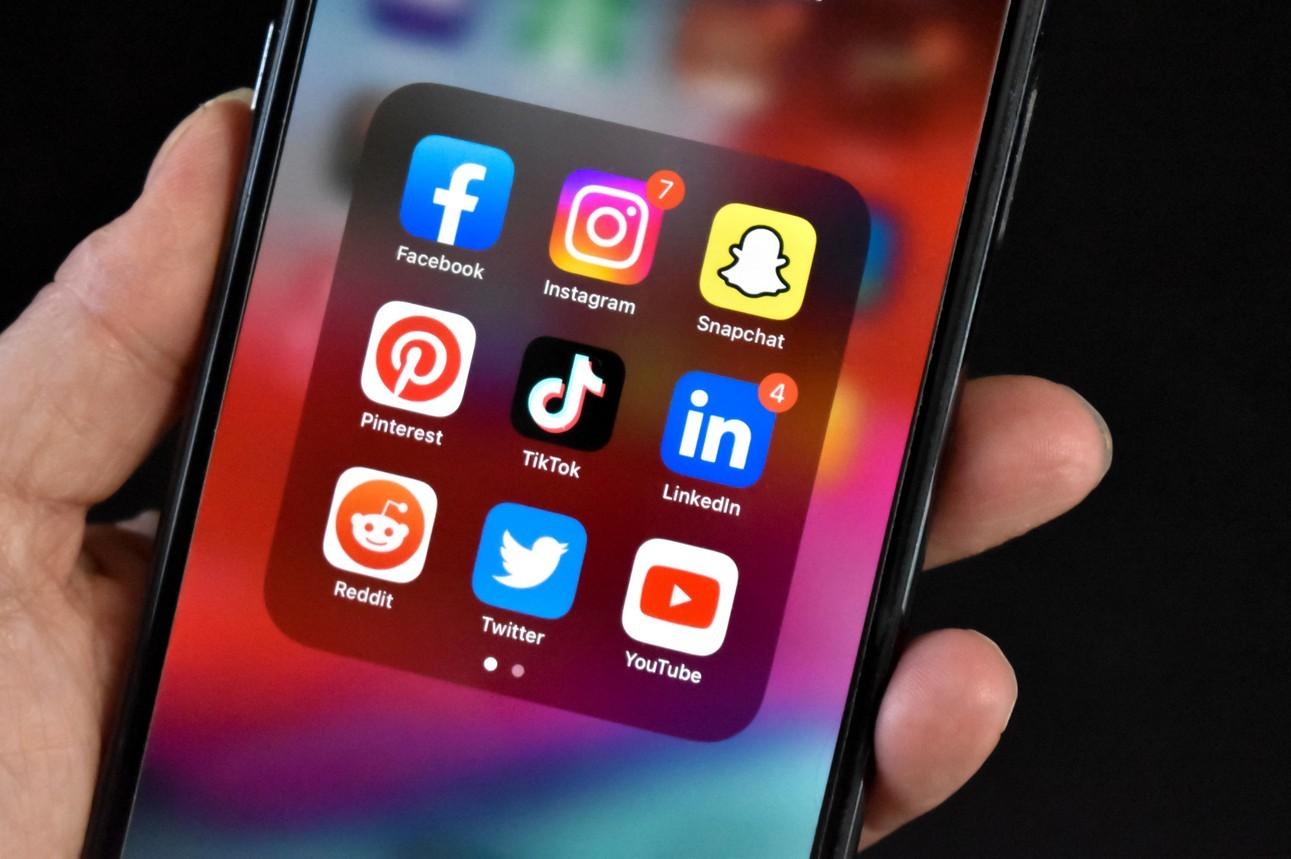The pros and cons of messaging with emojis in the workplace
Key Points
Emojis have moved from informal communication to the business world. If you're unsure if this is the right move for your business, read about:
- The pros and cons of using emojis
- Acceptable platforms
- Popular emojis for work
- When emojis are inappropriate

An emoji is that small image you insert into text messages to convey emotions 😆 😡 😢 and ideas 💡, and some would say bring your text to life ❤️. While traditionally used by younger generations (hello, teenagers and millennials) texting from mobile devices, the use of the emoji has become widespread and raises the question: Should you use business emojis in the workplace? Considering the White House used emojis in an economic report 10 years ago, it seems reasonable that you, too, could use work emojis 😉. That said, there are some caveats.
There is no hard and fast rule on emojis in the workplace, but it’s an underlying idea that you should read the room—or know your audience before you just smack a bunch of emojis in your next report to the board. To help you understand when and where to use emojis at work, as well as the pros and cons of their use, we’ve compiled this handy guide.
The history of emojis
The emoji heard around the world, also known as the Face with Tears of Joy emoji 😂, became the Oxford Dictionary’s Word of the Year in 2015–the first time that an image was picked for the prestigious title. But emojis really came about in 1999.
To get the full history of emojis, we must mention that emoticons have been around since at least the 80s when keyboard symbol combinations were used to form pictures to portray emotions, think a colon, hyphen and parenthesis :-).
In 1999, Japanese artist Shigetaka Kurita created a set of drawings for use on Japan’s primary mobile carrier. There were 176 images in this first set, and they were mostly symbols. They became known as the emoji—the world’s newest and hottest graphic communication. Emojis quickly caught on and by 2010 the Unicode Consortium recognized a set of standardized emojis across the world’s operating systems so everyone had access to them.
Enter the world pandemic resulting in more and more people working from home, and the workplace took on a whole new look. Suddenly, everything was more relaxed—people literally worked in sweatpants from home, boosting the use of emojis, a casual yet effective way to show emotion when separated.
Today, it is widely accepted as a genuine form of communication both in and outside the workplace. But let’s dive deeper into work messaging with emojis.
Pros of using emojis at work
When it comes to using an emoji at work, there are several reasons to go for it:
- They showcase your true, authentic self to your co-workers and employer.
- Business emojis can help you express tone, context and feelings succinctly.
- A well-placed work emoji can be supportive and positive.
- You can show empathy and understanding using business emojis.
- A good emoji can go a long way in underlining and supporting the point you’re trying to make.
The pros of leaders using emojis in the workplace
Taking it a step further, those in management and leadership positions can strategically use emojis in the workplace to:
- Connect with their team
- Get a pulse on their team and gauge team insights
- Appear more approachable and personable to their team
Platforms to use business emojis on
There are some definite do’s and don’ts when it comes to using the work emoji. In general, it is widely acceptable to communicate with emojis when:
- Commenting on LinkedIn
- Writing a social media post
- Placing emojis in chat messages
- Sending emojis in emails to coworkers
- Using Slack emojis or emojis available in other productivity tool apps to message team members
- Adding emojis in marketing email subject lines to get attention
Popular emojis for work
Just as there are places where you can use emojis in the workplace, there are also emojis that are more acceptable to use for work purposes than others. While there are more than 3,500 emojis, and others being added all the time, the following are safe to use at work:
- Congrats emojis such as 🎉 🥳 🎊
- Hand emojis in a positive way, like the thumbs up emoji 👍, thank you emoji 🙏 and raised hand emoji🙌, hand-clapping emoji 👏, OK emoji 👌, and waving hand or hello emoji👋
- Thinking emoji 🤔
- 100 emoji 💯when you agree 100 percent or want to give something 100 points
- Other professional emojis: 😆 😂 😃 😎 💡 ✅ ➕ 💼 👀
Cons to using emojis at work
As emojis in workplace messaging and other forms of communication become more widely accepted, there are some drawbacks. The biggest being that they can easily be misunderstood and give readers the wrong idea or impression. Other cons include:
- Different generations may have different opinions about the appropriateness of using emojis at work.
- Work emojis can be too informal for some communications and give the impression you aren’t taking the subject seriously.
- Some emojis are too open to multiple meanings—some that may not be appropriate for the workplace.
Do you give emojis in business a thumbs up?
Take our brief (30-second) survey and let us know how you feel about the use of emojis in business.
Oh—it looks like you’ve already completed the survey! Thanks for participating.
Thank you!
Where not to use emojis at work
Since emojis at work are becoming increasingly popular, knowing where to use them and where not to use them is important, too. Emojis are more for casual conversations, meaning they don’t have any place in the following:
- Legal documents
- Formal communications with clients and customers
Furthermore, in an effort to avoid getting fined for illegal text messages, be careful how you use them so they don’t come across as spam.
Emojis not to use in the workplace
Just as there are inappropriate situations for using emojis at work, there are also inappropriate workplace emojis. If you have to ask, “What do these emojis mean?” don’t use them at work. Stick to those emojis that you know the meaning of. Some that are inappropriate in the workplace include: 💩 💣 🍑 😈 🍆. If you’re really curious, consult emojipedia.org.
You might also want to avoid the fire emoji 🔥. While it generally indicates something is on fire, as in hot, attractive or even just something really fantastic like a delicious donut, it could be misinterpreted to mean something is on fire and should be extinguished.
It is also frowned upon to use a face, hand or person emoji with the wrong skin tone. Ensure you use the correct skin tone for yourself or the person you are talking about. Using the wrong skin tone is considered insulting to some people.
Tips for the use of business emojis
If you’re ready to start using emojis at work, follow these tips to make the most out of their use.
- Pick emojis that reinforce your message’s meaning.
- Use basic and professional emojis.
- Don’t overdo it–use emojis in moderation.
- If you don’t know what the emoji means, err on the safe side and don’t use it.
- Understand your audience before using emojis with them.
The bottom line
Ultimately, it’s best to know your employer and audience before you jump into using emojis at work. If your company is formal, then you might want to avoid them, but if your culture is more laid back and your teams use a lot of messaging apps, then emoji use is probably acceptable as long as you keep them appropriate.
Whether you decide to use emojis at work or not, Ooma can keep your communications on track through its award-winning VoIP business phone system, Ooma Office, which offers over 100 features, including mobile and desktop apps that makes it easy to connect (and use emojis 😉in chat) from anywhere.

Learn more about how Ooma Office can help your business.
Thank you!
An Ooma Office Sales Representative will be in touch shortly.
866-573-0707


Learn more about how Ooma Office can help your business.
Just call 877-621-0515 or click this to CHAT. Or, fill out this form and someone will reach out to you shortly.



